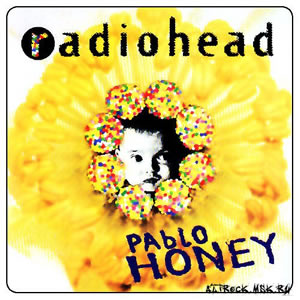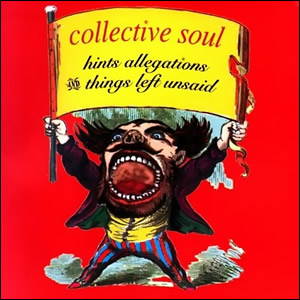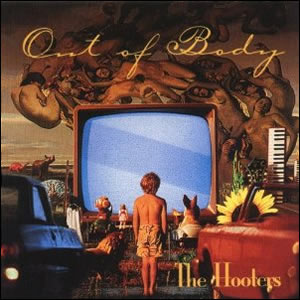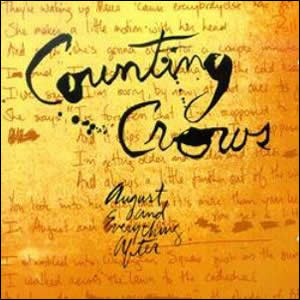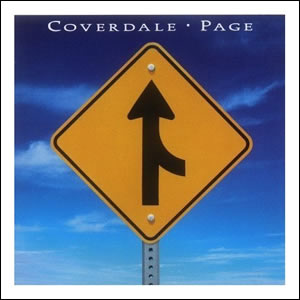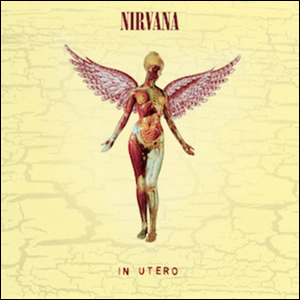Tuesday Night Music Club by Sheryl Crow
Buy Tuesday Night Music Club Sheryl Crow‘s official debut was at once brilliant and controversial. In fact, the title Tuesday Night Music Club comes from the assembled studio group who composed and recorded […]


